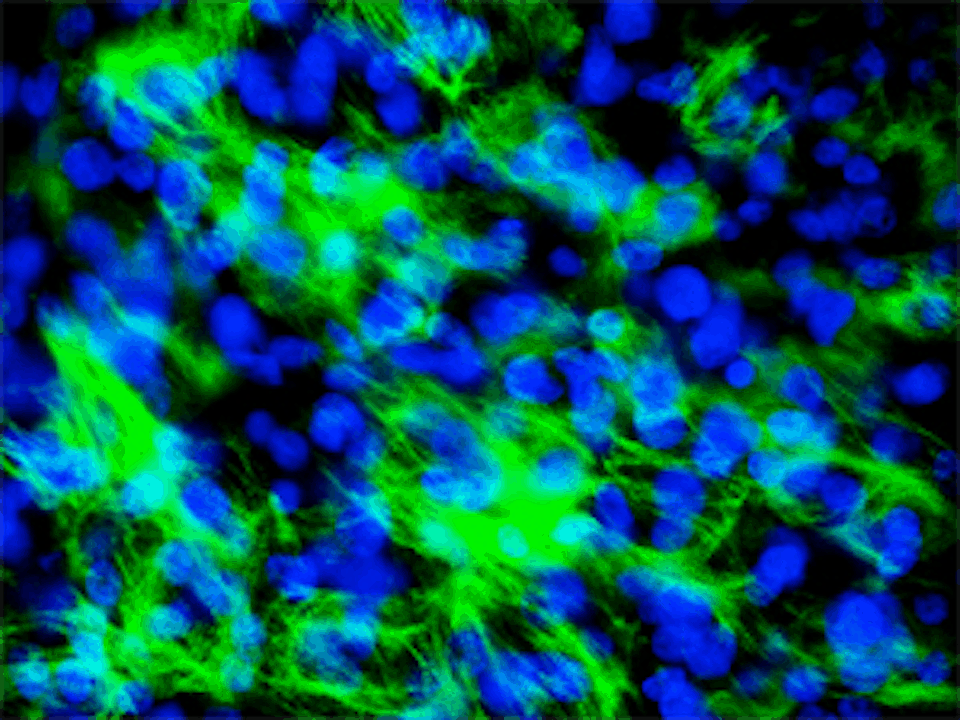The use of stem cells in regenerative medicine is not a new concept in the world of biomedical research. Developments in the field are often glamorized as the future of medical research.
Yet behind celebrated discoveries, there persist lesser publicized mechanistic difficulties. With heart complications on the rise, significant research funding has been dedicated to the discovery of novel ways of using stem cells in the cardiovascular system. In the case of heart disease, the therapeutic success of engineered cardiomyocytes, although promising, has been limited by the history of arrhythmic complications associated with its integration into heart muscle.
In a collaborative study conducted by Columbia University and the McEwan Centre for Regenerative Medicine at the University of Toronto, researchers are making headway in heart regeneration therapy.
Recently, they have presented the first evidence for programmable cardiomyocyte beating — a potential method for reducing arrhythmia.
These heart cells, cultured from human embryonic or induced pluripotent stem cells, were subjected to electrical stimuli with varying frequencies. After only one week, the cardiomyocyte treatment and control groups showed significant discrepancies in cell organization and maturity. Aligned with previous findings, this study shows that electrical stimulation frequency alone can determine the maturity levels of cardiomyocytes.
Unique to this study is the discovery of beating rate adaptation by the heart cells in response to a specified frequency of electrical stimulation. Characterized by rapid depolarization, an action that maximizes intercellular communication, and the expression of a gene called hERG, the ability of these cardiomyocytes to alter their beating rate to match stimulation frequency is remarkably long-lasting.
Not only can this frequency-dependent adaptation be maintained for two weeks even after removal of the stimulus, it can also evoke a similar behaviour in unstimulated neighbouring cells.
This conclusion is a step towards effective stem cell therapy for the heart.
The “modelling of disease, reliable drug testing, and [the] therapeutic applications of cells,” as listed in the published paper, are all possible applications of this electrical conditioning technique.
The researchers indicate that future studies will focus on the integration of electrically stimulated cardiomyocytes into damaged heart tissue.


